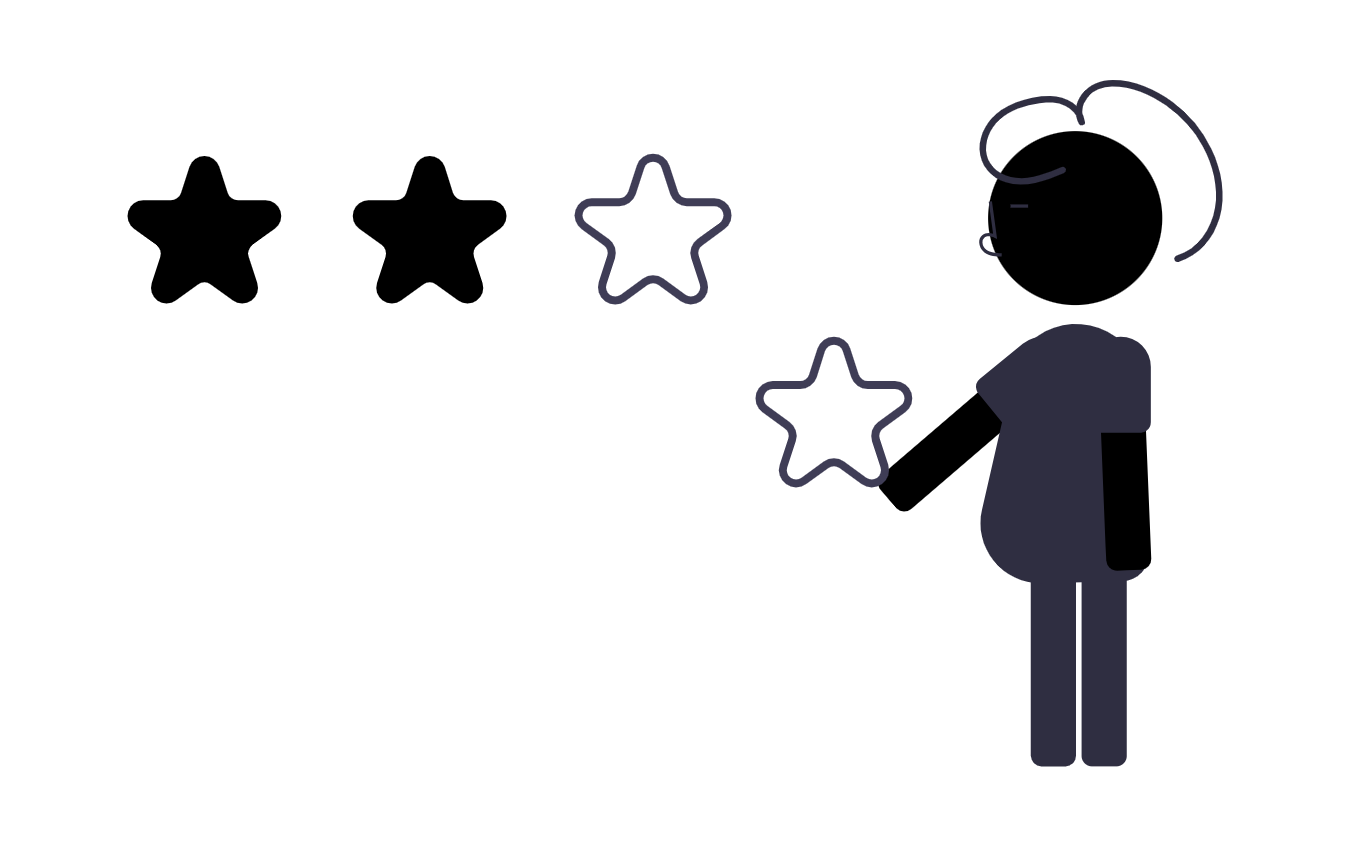So, you're digging into EOS reviews. Smart move. Committing to a business operating system is a big decision, and it’s wise to see what others are saying. As you read, you’ll likely find consistent praise. People will talk about improved alignment, stronger accountability, and a more disciplined meeting pulse. These are all valuable outcomes.
But I want you to apply a critical filter as you sift through those experiences. Look for two specific words: customer and profit.
Chances are, you won’t see them mentioned much. And there’s a reason for that.
The EOS blind spot: An internal echo chamber?
The Entrepreneurial Operating System (EOS) is, by its very design, an internal operating system. Its six key components—Vision, People, Data, Issues, Process, and Traction—are all geared towards organizing the chaos inside your business. This is its core strength, and also, its greatest potential weakness.
When a system focuses so intently inward, it risks creating a closed loop. You can become incredibly efficient at executing your internal plan, perfecting your internal machine. But if that internal machine isn’t deeply connected to the external realities of your market—what your customers actually want and how your business generates real profit—you can run into trouble.
It’s entirely possible to get an "A+" on every part of the EOS model, have perfectly run meetings, and clear accountabilities, yet still see your business struggle. Why? Because you might be efficiently executing a plan that customers don't value, or that doesn't lead to sustainable profit.

EOS is for internal optimization, not external strategy
Let’s be clear: EOS is a powerful tool for optimizing your internal operations. If your challenge is getting everyone rowing in the same direction, ensuring tasks get done, and creating a predictable internal rhythm, EOS can be fantastic.
However, it’s not designed to be a strategic framework for winning in the marketplace. It doesn’t inherently push you to deeply understand your ideal customer, pinpoint your most profitable segments, or craft a unique value proposition that makes you stand out. The strategy component within EOS, the Vision/Traction Organizer (V/TO), asks eight questions that are more of a high-level overview. They’re a starting point, but they don't provide the depth needed for robust strategic clarity, especially for businesses navigating growth and competition.
Before you dedicate significant time and resources to organizing the inside of your business, you need a solid strategy that forces you to look outside first. What’s happening in your market? What do your customers truly need? Where are your most profitable opportunities? Answering these questions first provides the direction for your internal optimization efforts.

What EOS does well (and for whom)
I don’t want to give the impression that EOS isn't valuable. It absolutely can be, for the right businesses facing the right challenges.
EOS excels when:
- You have a clear, stable business model that you understand well.
- You operate in a mature or predictable industry where the core "what" and "why" of your business are already established.
- Your primary challenge is operational efficiency and accountability – getting everyone aligned and executing an existing plan.
- You can operate effectively on a 90-day execution cadence.
- You’ve already done the hard work of figuring out your core strategy and know what to double down on.
In these scenarios, EOS provides an excellent structure to organize what already works and make it run smoother.
Understanding the limits: EOS and EOS Implementers
When considering EOS, it’s also important to understand the role of an EOS Implementer and the nature of the system itself.
- Implementers facilitate, they don’t (usually) participate: An EOS Implementer’s main role is to guide your team through the EOS framework and its tools. They are experts in the system. However, they typically don't act as business advisors or consultants who will deeply analyze your specific market, financials, or strategic dilemmas and offer bespoke advice. They facilitate your team’s discussion to arrive at answers within the EOS model. If your team lacks the specific strategic or financial expertise to answer those questions deeply, facilitation alone might not be enough.
- EOS Purists: EOS Implementers are trained to deliver the system "by the book." They are, in a sense, EOS purists. This ensures consistency, but it also means they are unlikely to deviate from the script or customize the system, even if your specific business context might benefit from modifications.
- It’s not inherently a profit or growth system: Many founders assume implementing EOS will automatically lead to more profit and faster growth. While improved operations can contribute to these, EOS itself doesn’t have a strong financial component focused on optimizing profitability, nor does it provide a deep strategic framework for uncovering new growth levers. It helps you execute more efficiently, but if you’re executing on a flawed or sub-optimal strategy, you’ll just get to the wrong place faster.
- The book Traction is an overview, not an implementation manual: Traction is a great book that outlines the EOS methodology for founders. It explains the components and how they fit together. But it’s not a step-by-step implementation guide. There are other books in the EOS series, like Get A Grip, that offer a narrative look at implementation.

Beyond internal alignment: The need for holistic clarity
Getting your internal house in order is important. But it’s only one piece of the puzzle for building a sustainably profitable bootstrapped brand. Before you optimize how you do things, you need absolute clarity on what you’re doing, for whom, and why it’s profitable.
This means starting with a clear view of your financials and a robust market-facing strategy.
- Where is your profit really coming from today? Our Financial Clarity Canvas is designed to answer exactly this. Often, a Profit Leak Audit can be a powerful first step to uncover hidden opportunities and drains.
- What is your unique plan to win in the market? Who is your ideal customer, what do they truly value, and how will you reach them profitably? The Strategic Clarity Canvas helps you answer these critical questions in depth.
Once you have this financial and strategic clarity, then an operational system – whether it’s EOS or our Operational Clarity Canvas (which is part of our broader Clarity Canvas Framework) – becomes much more powerful because it’s channeling your team’s energy in the right, externally-validated direction.
System facilitator vs. strategic partner: Choosing your path
When you hire an EOS Implementer, you’re hiring someone to help you install a specific system. The value comes primarily from the system itself.
This is different from working with, for example, a Fractional Partner. A Fractional Partner is typically an experienced entrepreneur who acts as a hands-on, strategic guide for your business. We use frameworks like the Clarity Canvases not just to facilitate, but to actively participate, bringing our experience to help you find the right answers for your business, particularly around strategy and profitability. The focus is less on rigid adherence to one system and more on using proven tools to achieve profitable growth. You can learn more about how we work with clients here.
Read EOS reviews with a strategic eye
So, as you continue to read EOS reviews, keep this perspective in mind. EOS can be a very effective tool for bringing discipline and alignment to your internal operations. Many businesses have benefited from its structure.
But remember its limitations. Don't expect it to solve fundamental strategic challenges, define your ideal customer, or magically fix your profitability. Those require a different kind of work, often before you dive deep into internal process optimization.
Ensure your foundational strategy—rooted in a deep understanding of your customers and a clear path to profit—is solid. Then, a system like EOS can help you execute that winning strategy with greater efficiency. True, sustainable growth comes when your internal operations are perfectly aligned with a smart, external-facing strategy.
If you're looking for more ways to gain clarity, we offer a host of free tools and resources to help bootstrapped brands like yours.


.png)



Lorem ipsum dolor sit amet, consectetur adipiscing elit. Suspendisse varius enim in eros elementum tristique. Duis cursus, mi quis viverra ornare, eros dolor interdum nulla, ut commodo diam libero vitae erat. Aenean faucibus nibh et justo cursus id rutrum lorem imperdiet. Nunc ut sem vitae risus tristique posuere.
Leave a Comment
Your email address will not be published.